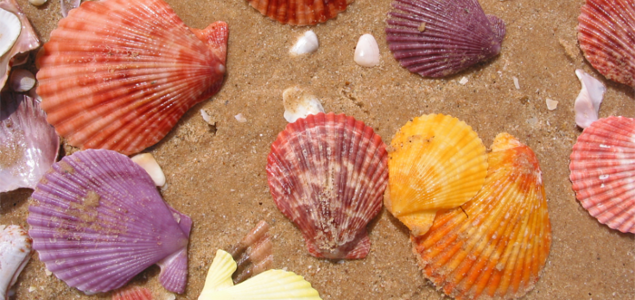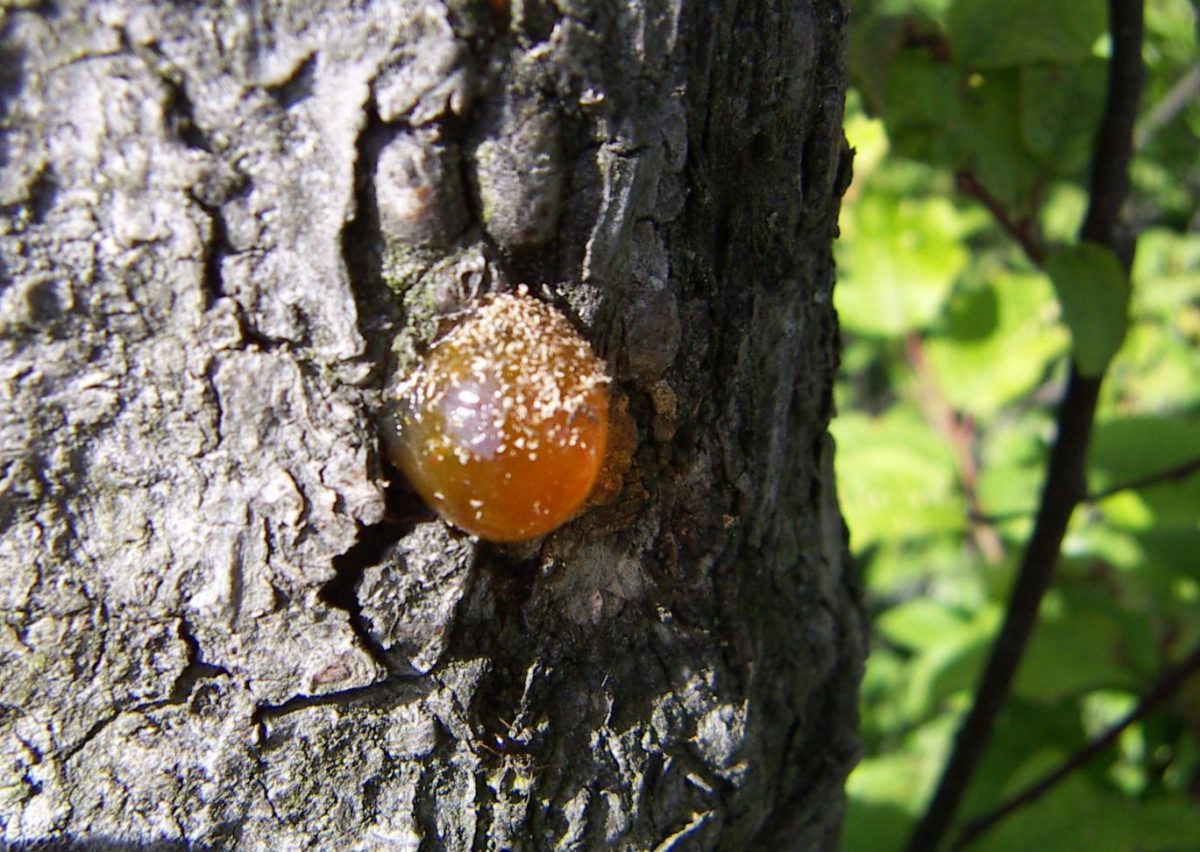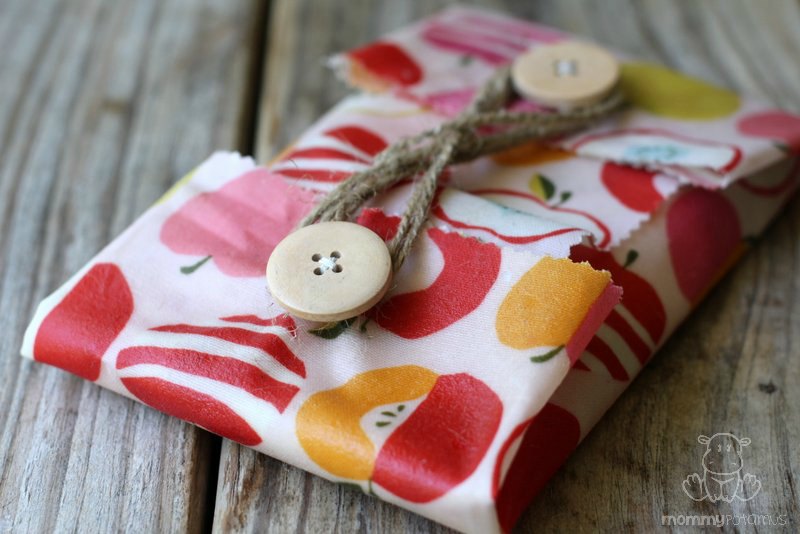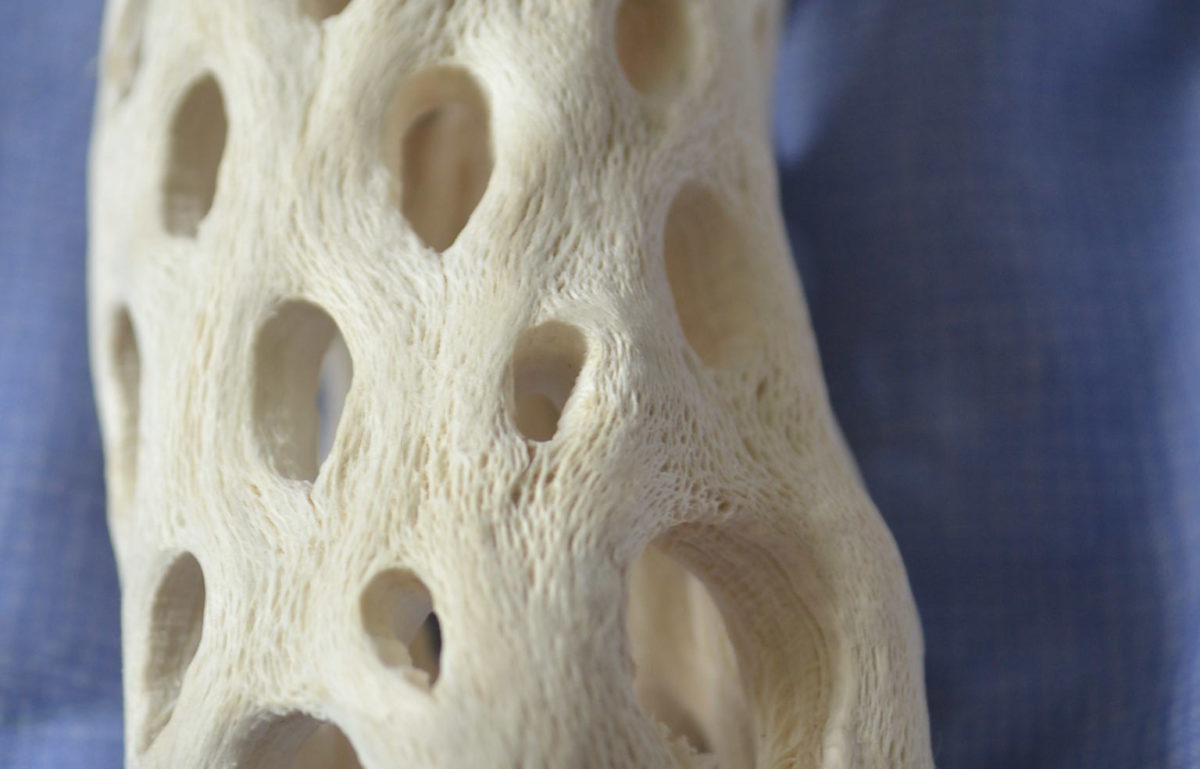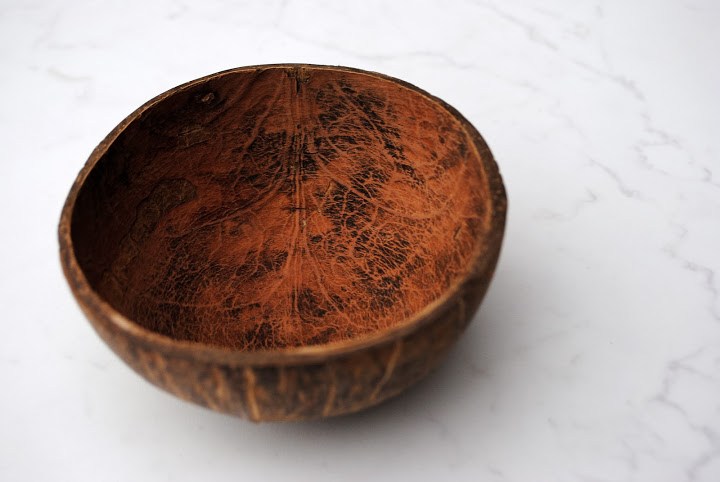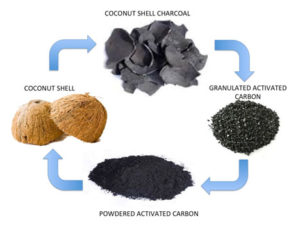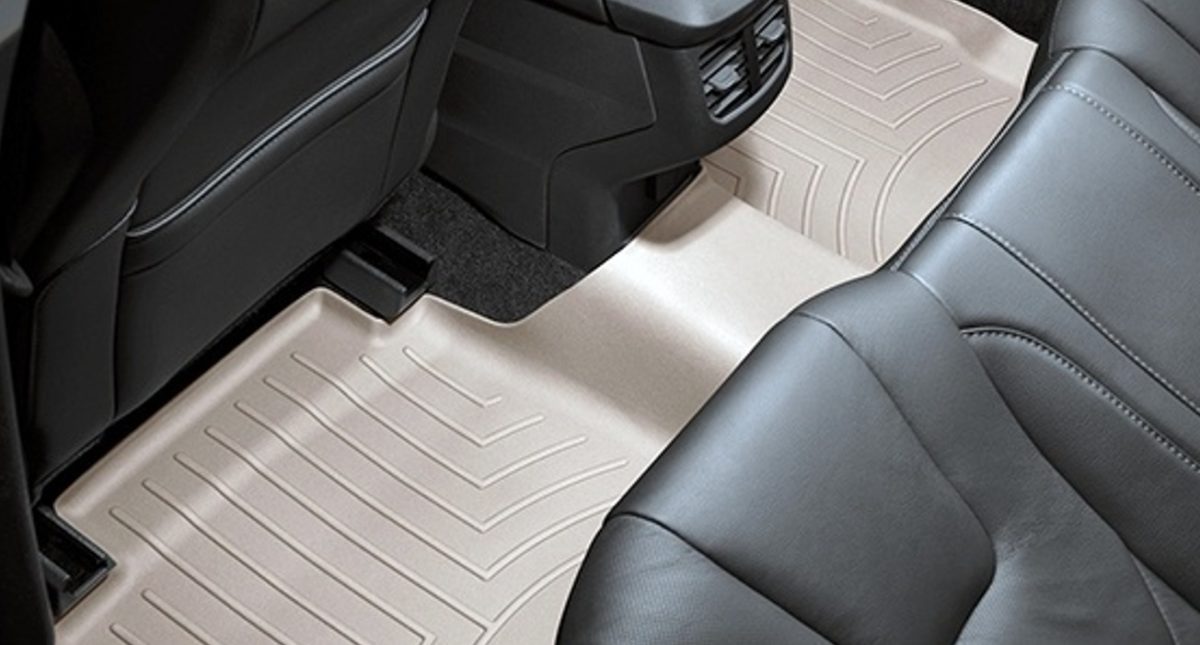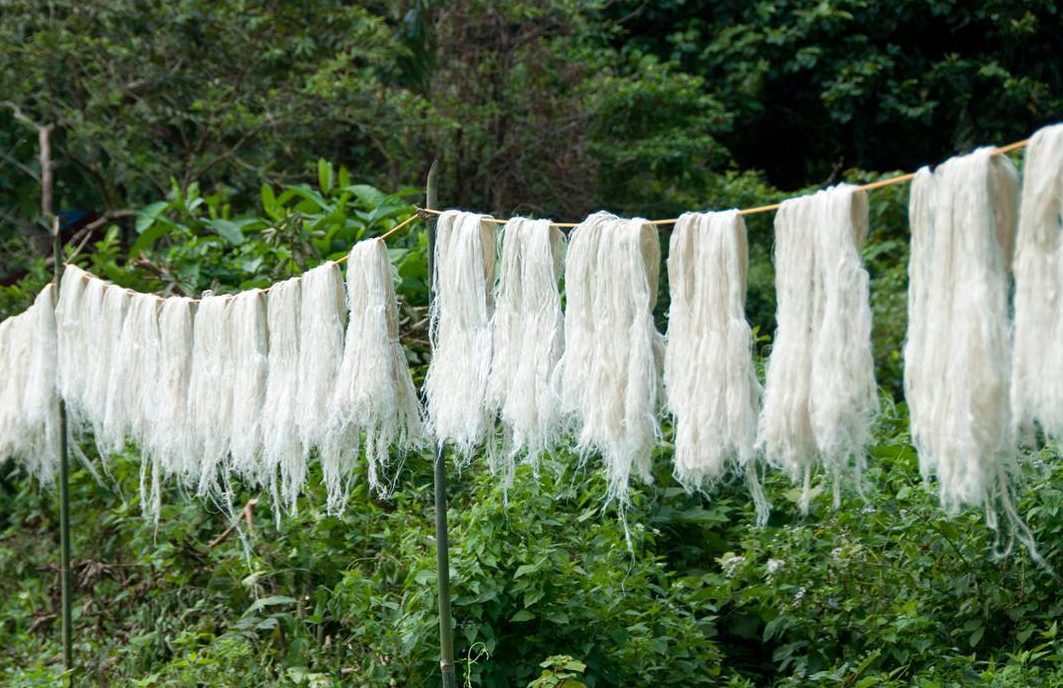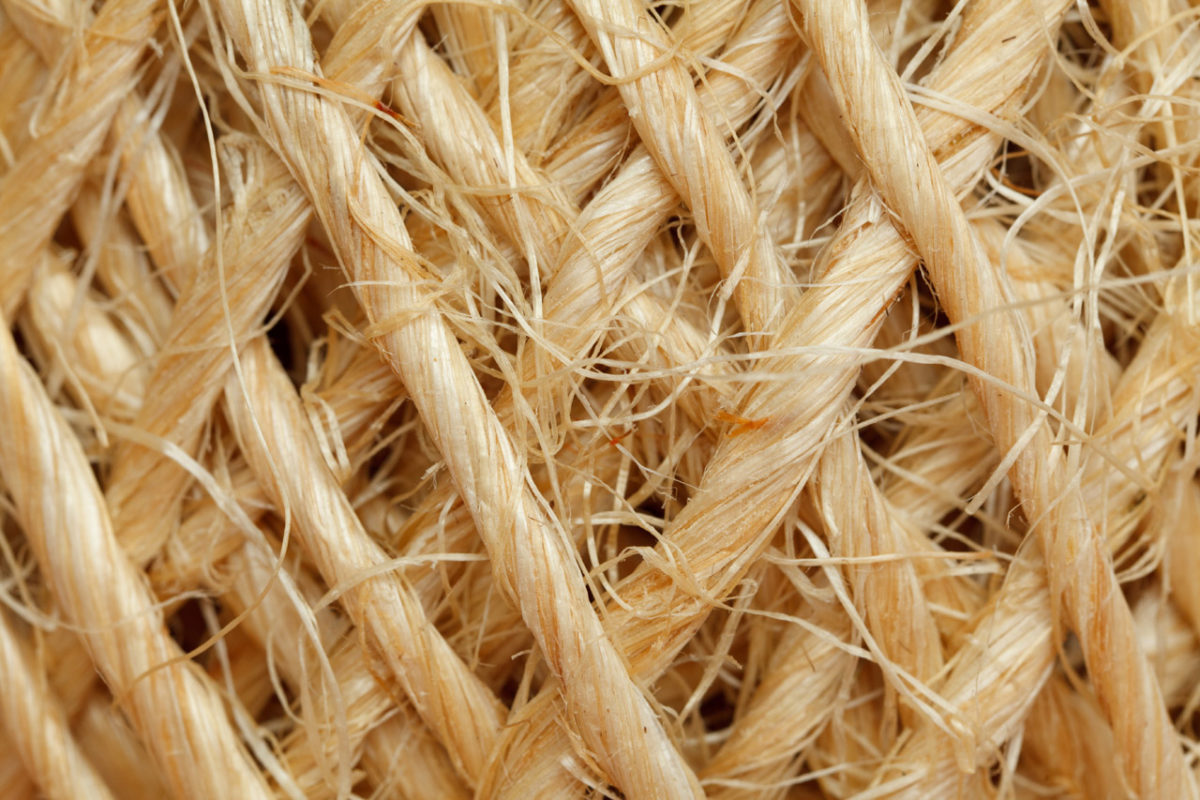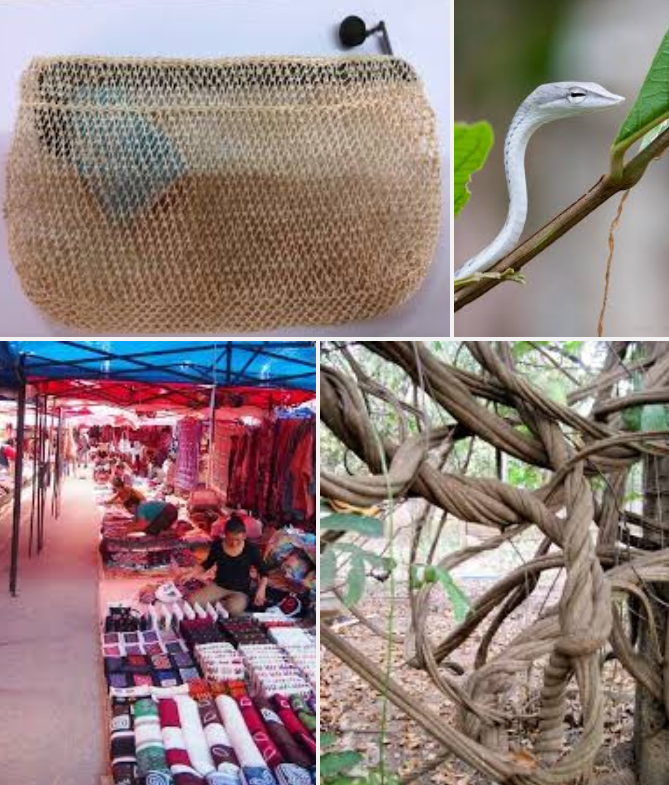Found under the skin of the plant, cactus wood is hidden behind cacti’s layers of spines which provide protection from animals and the sun. The wood is used for furniture.
Found under the skin of the plant, cactus wood is hidden behind cacti’s layers of spines which provide protection from animals and the sun. These spines are attached to the thick green or grey skin of the plant so that transpiration, or evaporation can be prevented, thus moisture retained.
Many cactus species exhibit polymorphic wood growth, meaning different types of wood are grown at different stages of their development. Meanwhile, all large species of cacti possess wood with high fibre content, which makes the the material extremely strong.
Direct correlation between the types of fibre and size of water conduction and storage vessels found is also found in cactus wood, meaning the larger the cacti, the longer and wider the water vessels and fibres.
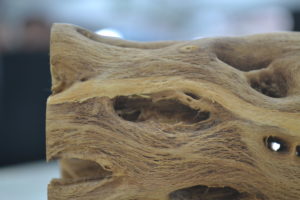
Uses
Furniture makers in regions like the American Southwest use cactus wood as a construction material, particularly the wood from the saguaro and cholla species. The Seri American Indians used cactus wood for making fires and also fashioned wooden drills used to create sparks for starting fires from cactus wood. Generally, cactus wood is collected dead from the desert floor to minimize the danger and tremendous work effort required of culling wood from a living cactus. (Retrieved from https://www.hunker.com/12542590/what-is-cactus-wood)
Herb Wood, a desert dweller who is also a cactus craftsman, has been making cactus wood furniture since 1931. He even invented his own cactus-wood-dust-based glue to ensure better matching of wood pieces.
Potential Uses
None identified by author’s yet. Your contributions welcome.
More Information
- https://books.google.com.hk/books?id=PSEDAAAAMBAJ&pg=PA104&lpg=PA104&dq=cactus+wood&source=bl&ots=uPD2JaEtXc&sig=zqJ-bpqil3JFLPkYhQTB5YYVldU&hl=zh-TW&sa=X&ved=0ahUKEwiun5_f1I3VAhWBMJQKHccQAcc4ChDoAQhtMAg#v=onepage&q=cactus%20wood&f=false Githens. (1946). Cactus Craftwork. Popular Science, 148(3), 104-105.
- W., Gesh. (n.d.). What Is Cactus Wood? . Retrieved July 16, 2017, from https://www.hunker.com/12542590/what-is-cactus-wood
